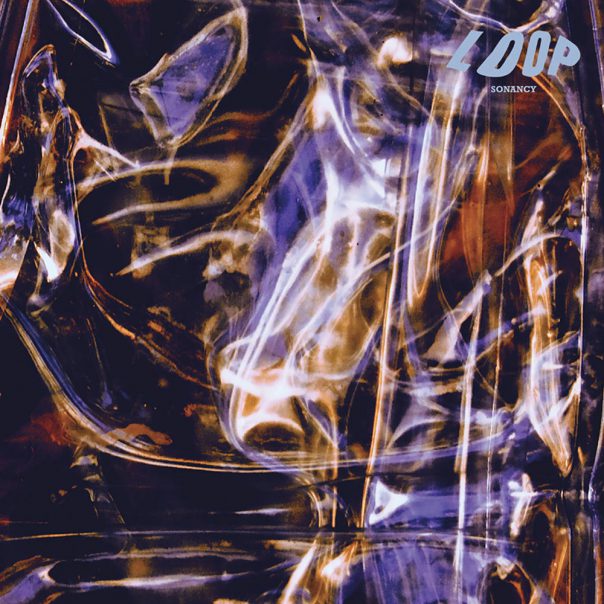ALBUM REVIEW: Loop masters monotony on ‘Sonancy’

Loop, “Sonancy.”
Scottish Enlightenment philosopher David Hume once wrote, “Repetition changes nothing in the object repeated, but does change something in the mind which contemplates it.” In the 1980s, Loop, the psychedelic British, proto-shoegaze outfit, put Hume’s notion to the test, blending the overdriven power chords of The Stooges with the motorik-beat-based monotony of Krautrock bands CAN and Neu! Every Loop song is more or less a single riff played over and over, as vocalist/band visionary Robert Hampson delivers spacey vocals over the top the swirling sonic stew.
Sonancy
Loop
Cooking Vinyl, March 11
7/10
Far from being a bad thing, Loop’s monotony is a real head trip, a point David Hume was hip to 300 years ago. Even without pharmaceutical assistance, Loop’s music has a vibrancy and complexity that unfolds for its listeners. The band’s musical heyday was during the late ’80s, when it released two minimalist masterpieces back to back: 1988’s Fade Out and 1989’s Gilded Eternity. But Hampson, the singer-guitarist, has assembled a new lineup for the band’s first LP in 32 years.
The album’s opener, “Interference,” is comprised of just a single chord layered over an endlessly propulsive beat by current drummer Wayne Maskel, who manages to recreate former drummer John Wills’ tom-heavy grooves perfectly. The song’s sonic minimalism generates its own combustion. The other early songs on the album have similarly spacey feel. “Eolian” and “Supra” feature a little more interplay between the swirly guitars and overdriven bass. The songs offer a strange sense of forward motion while standing in place—kind of like when it looks like the station is moving gracefully past the seemingly motionless train you’re seated within. Hampson’s lyrics are spacey and vague, sounding a little like a distant astronaut somewhere announcing over his radio that something or other is “full of stars.”
The experimental sonic wash of “Penumbra I” is difficult to pin down, other than matching the description of the sound you’re supposed to hear immediately after smoking DMT. “Isochrone” is the album’s longest song, and maybe the trippiest. Weird synth-like noises and echoey vocals percolate over an implacably heavy groove. On “Halo,” bug zapper jolts of distortion spar with a lumbering guitar riffs over the groove. The song’s seemingly endless rave-up provides a rising sense of urgency without offering any new musical information.
The album’s first single, “Fermion,” feels a little more fleshed out with rhythmic interplay that gives listeners a little more to keep track of. The album’s closer, “Aurora,” builds an elaborate sonic cathedral out of just four notes played on the guitar.
Sonancy makes it clear that Loop was always Hampson’s brainchild, and the frontman has obviously taken great pains to maintain a musical consistency despite the lineup changes and ensuing decades. The album sounds a little closer to the grit of 1988’s Fade Out rather 1989’s more polished Gilded Eternity.
Loop’s music is not just a case of Spacemen 3’s “taking drugs to make music to take drugs to.” Instead, Hampson and company seem intent on exploring how minimalism is its own drug, supplying auditory hallucinations as the mind processes the monotony. Loop is going for something akin to Steve Reich’s drum improvisations, rather than those end of the night jams that end when the cops find you and your heavy-lidded buddies slumped over your instruments as feedback blares from your amps.
Follow writer David Gill at Twitter.com/songotaku.
